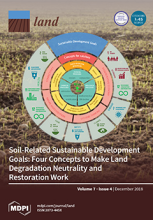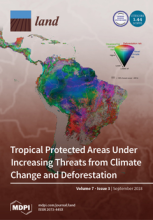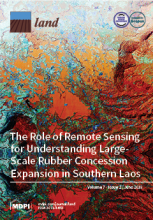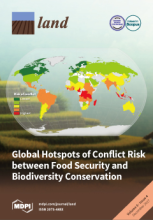Land Library
Welcome to the Land Portal Library. Explore our vast collection of open-access resources (over 74,000) including reports, journal articles, research papers, peer-reviewed publications, legal documents, videos and much more.
/ library resources
Showing items 19 through 27 of 86.Agricultural land conversion (ALC) is an incentive-driven process. In this paper, we further investigate the inter-relationship between land economic value (LEV) and ALC.
Indigenous knowledge about biodiversity and conservation is valuable and can be used to sustainably manage protected areas; however, indigenous communities continue to be marginalized due to the belief that their values and behaviors do not align with the overarching mission of conservation.
At present, 10.5% of Canada’s land base is under some form of formal protection. Recent developments indicate Canada aims to work towards a target of protecting 17% of its terrestrial and inland water area by 2020.
Identifying protected areas most susceptible to climate change and deforestation represents critical information for determining conservation investments.
Agricultural expansion and intensification enabled growth of food production but resulted in serious environmental changes. In light of that, debates concerning sustainability in agriculture arises on scientific literature.
Land use and land cover (LULC) change causes biodiversity decline through loss, alteration, and fragmentation of habitats. There are uncertainties on how LULC will change in the future and the effect of such change on biodiversity.
The main aim of this study is to assess the benefits provided by the ecosystems of traditional agricultural landscapes (TAL) and compare them to the outputs of large-scale agriculture.
In several regions in Europe, the horse is becoming a common grazer on semi-natural and cultivated grasslands, though the pasturing benefits for animals and biodiversity alike are not universally appreciated.
Indigenous groups are increasingly combining traditional ecological knowledge and Western scientific approaches to inform the management of their lands.




